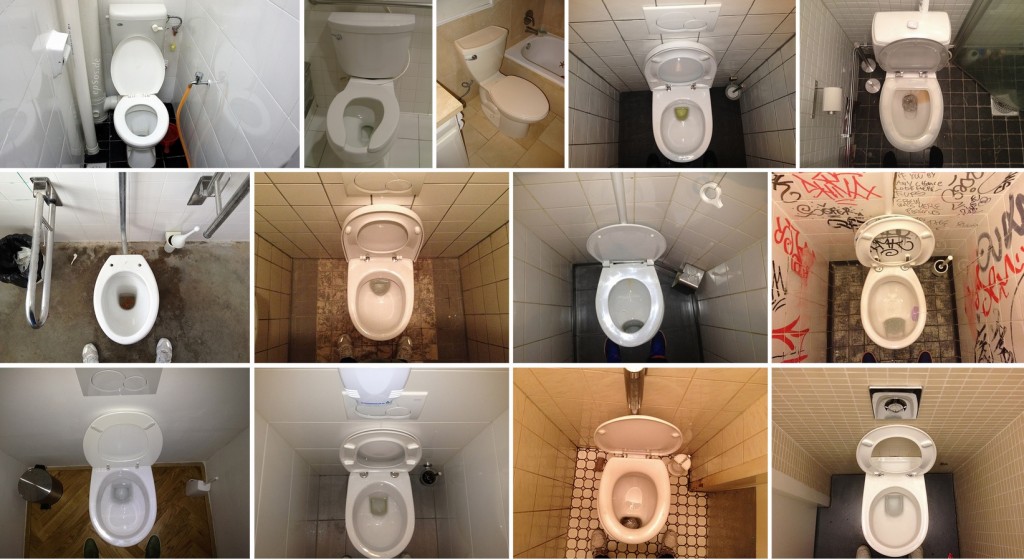Search Results for Tag: waste
Human bowels may hold key to greening the desert
 Reducing greenhouse gas emissions, ensuring food security and fighting the spread of deserts are among the biggest challenges facing humanity. But the solution for all of them may literally lie inside humans – as we hope to show in this bog post -pardon – blog post. Human waste has traditionally been used in some parts of the Amazon to create Terra Preta – black soil rich in nutrients – the result of mixing charcoal and human faeces into otherwise less fertile soil.
Reducing greenhouse gas emissions, ensuring food security and fighting the spread of deserts are among the biggest challenges facing humanity. But the solution for all of them may literally lie inside humans – as we hope to show in this bog post -pardon – blog post. Human waste has traditionally been used in some parts of the Amazon to create Terra Preta – black soil rich in nutrients – the result of mixing charcoal and human faeces into otherwise less fertile soil.
This super-rich black soil captures carbon dioxide, stores amazing amounts of water and sticks around for hundreds of years. And, yes, it also works with other types of waste (watch our report about how this works in India). In short: Terra Preta may be a potential one-stop shop for creating sustainable habitats – even in outer space. A bunch of filmmakers thinks that the human colon may help colonize Mars or operate space stations in the future. Here’s the trailer for their complete Terra Preta sales pitch:
Not convinced? Well, to learn more you may have to wait: the makers of the documentary are running a bit low on cash to complete post-production. To help fill their coffers go here.
Scientists turn trash into crude energy

Remember Doc Brown? That crazy, white haired caricature of a scientist from the 1980s blockbuster scifi comedy Back to the Future? He’s the inventor of a spectacular (and – sadly – fictitious) device called the flux capacitor that is running first on plutonium, later on ordinary household garbage to power a time machine. Here’s what it looks like when Doc Brown is searching for fuel:
Scientists in Denmark have now hit upon a novel way to do just that: producing energy from household waste. While not quite matching Doc Browns achievement when it comes to the amount of energy harvested (let alone building a time machine) the scientists’ feat is impressive enough: Feeding biomass (comprising anything from sewage, compost, household garbage or waste from meat and dairy production) into what is essentially a 400 °C hot pressure cooker they managed to create something very close to fossil crude oil. What’s more, the production process used is more energy efficient than any other way of getting energy out of biomass.
We figure, if the Danish research team is still unhappy with the energy yield of their trash, they only have to wait another two years for expert help: In Back to the Future – Part II we learn that Doc Brown is going to visit us in 2015.
Turning orange peel into plastic?

Next time you eat an orange, think twice about chucking the peel into a bin – it might just help generate low-carbon plastic or energy in the future. An international group of scientists has come up with an innovative way of recycling food waste such as orange peel or coffee grounds.
Researchers at the universities of York, Sao Paulo and Cordoba have found that high-powered microwave heating can help activate cellulose in a variety of food waste, triggering the release of several chemicals. These include limonene, used in various household chemicals, and bio-ethanol which can be used as a substitute for diesel fuel. These chemicals could ultimately be used to make many of the chemicals and materials that we currently need oil for. And it could help tackle the growing problem of food waste.
The project called OPEC, or the Orange Peel Exploitation Company, plans to tie up with the juice-making industry in Brazil, a huge producer of orange peel residue. As a first step, there are plans to build a pilot plant in York that would process about 10 kilograms of waste per hour.
Recycling diapers
 Disposable diapers may be a blessing for new parents. But they’re an environmental nightmare. They end up in landfills by the millions and the plastics in them can take hundreds of years to decompose.
Disposable diapers may be a blessing for new parents. But they’re an environmental nightmare. They end up in landfills by the millions and the plastics in them can take hundreds of years to decompose.
To combat the problem, the UK’s first diaper recycling plant has opened in West Bromich in the Midlands. It will work with local operators who collect waste from hospitals, nursing homes and child care facilities. Operated by Canadian company Knowaste, the facility is to use technology to sterilize and separate the materials to recover plastic and fiber that can be used for making new products such as roof tiles and commercial tubes.
The company estimates that the plant, which will also recycle female hygiene products, will save about 110,000 tons of greenhouse gas emissions a year. It plans to open a further four facilities in the coming years.
What do you think? Could something like this help to reduce the planet’s plastic footprint?
Biomass briquettes in India
India produces millions of tons of agricultural waste each year but this material contains much more than just rubbish. The biomass can be used to generate low-carbon energy. That’s what one state in northern India has now begun doing. It’s producing briquettes of fuel from the biomass and selling it to local brick kilns. How the process is working you can see in our gallery.











Feedback